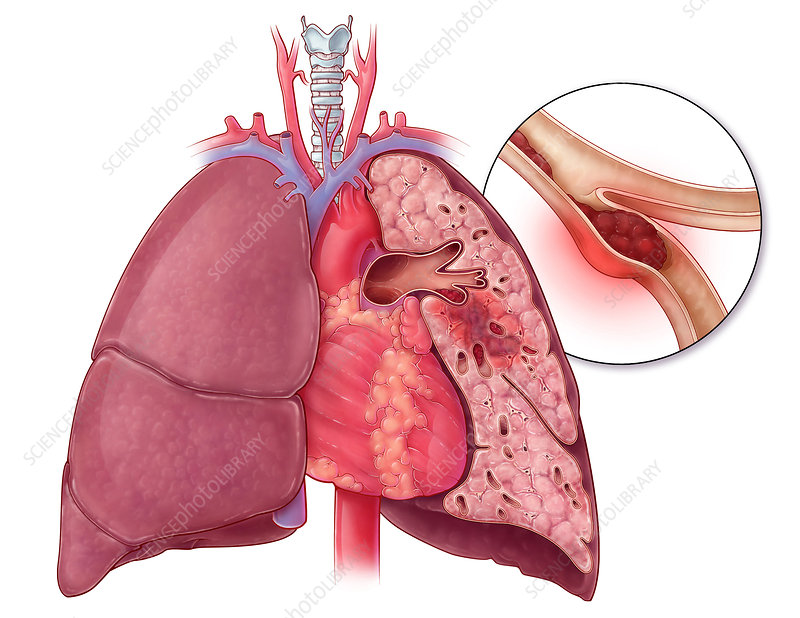Dr Justin Garner
Respiratory Physician
Specialist expertise: COPD, Lung Cancer, Lung Nodules, Interventional Bronchoscopy, Respiratory Medicine, Lung Health.
A pulmonary embolism is a blocked blood vessel in your lungs which can be life-threatening if not treated quickly.

A pulmonary embolism is a blood clot that travels from another part of the body to an artery in the lungs, suddenly stopping blood flow. These clots usually travel from the legs but can come from anywhere in the body.
Restricting blood flow to the lungs, a pulmonary embolism lowers oxygen levels in the lungs and increases blood pressure in your pulmonary arteries. Without quick treatment, a pulmonary embolism can cause heart or lung damage and can even be life-threatening.
Blood clotting is an important and normal function that stops and prevents bleeding. Normally, the body breaks down blood clots over time, but in some cases, this doesn’t happen.
Blood clots can form in arteries and veins as a result of slow blood flow, injury or an increase or decrease in your blood’s clotting factors. This most often happens in the deep veins in the leg – a condition called deep vein thrombosis.
Once a clot has formed, there’s a risk it will break off and travel to another area of the body. A clot that travels to the lungs is called a pulmonary embolism.
Several factors can increase your risk of developing a pulmonary embolism including:
The symptoms of a pulmonary embolism vary depending on the size of the clot, the area of the lung affected and if you have an underlying lung or heart condition.
It’s important to seek medical attention straight away if you notice any of these symptoms:
Several tests are needed to diagnose a pulmonary embolism. These may include blood tests, chest x-ray, CT scan, ultrasound, ventilation/perfusion scan, pulmonary angiogram and MRI.
If you are diagnosed with a pulmonary embolism, you may need to stay in hospital for treatment, where your condition will be closely monitored, although low risk cases can be managed at home.
Your treatment will usually consist of daily anticoagulant (blood thinning) injections or tablets while in hospital and most likely transitioning to daily oral anticoagulants for at least 3 months after you’ve been discharged. The aim of this treatment is to stop blood clots from getting any bigger and stop new ones from forming.
In rarer cases where a clot in the lung is very large, more aggressive therapy may be required to dissolve the clot faster or in some cases remove it physically via catheter or surgery.
Currently selected day
Available consultations
Causes
Blood clots
Symptoms
Shortness of breath, chest pain, dizziness
Treatment
Blood thinning medication, surgery
We’ve invited the UK’s best respiratory specialists to join us as partners, with the freedom to make design and delivery decisions based on what’s best for patients.